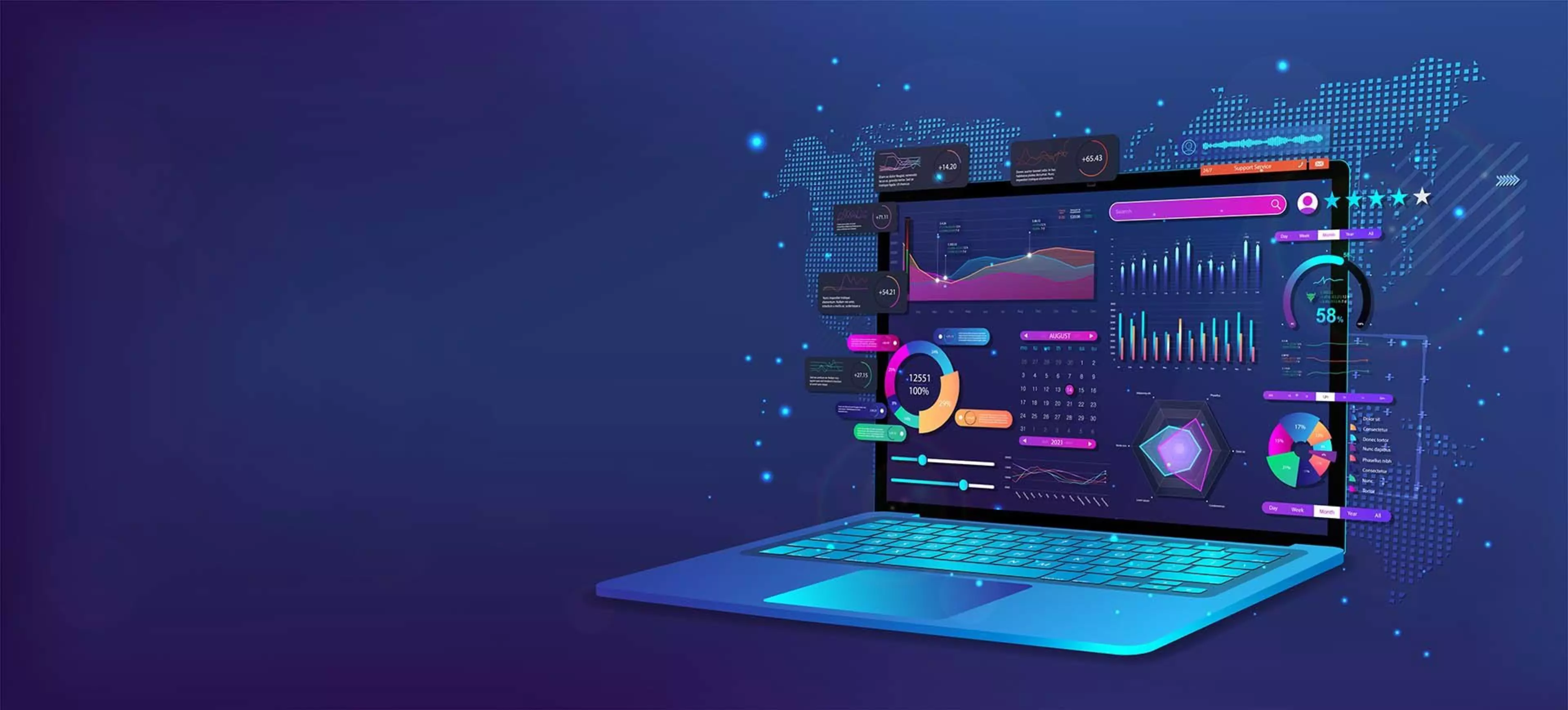Copying together figures from the day before yesterday, creating diagrams and puzzling over what the figures mean - this is what business intelligence looked like in some places until recently. But anyone working in sales today knows that the world is changing too quickly to rely on outdated or incorrect KPIs. Adapting campaigns, pricing and offers to market developments and customer behaviour in real time is good; knowing the next steps already is even better.
What AI-enhanced sales dashboards do
Platforms such as Microsoft Power BI make it easy to create KPI dashboards with live data. It is important not to simply implement what is technically possible - but to map the business correlations. AI forecasts go one step further. Advanced algorithms enable astonishingly reliable predictions of churn rates and customer lifetime value. Precise forecasts of stock levels and production costs are also possible. Detailed cluster analyses based on the characteristics and behaviour of target groups facilitate a targeted approach. But the same applies here: artificial intelligence in sales can only be as good as the data it receives from experts.
An eye on the future: Dashboards as a service
However, not all companies have employed their own data scientists and business analysts with in-depth AI knowledge. However, they can still utilise these advanced technologies with dashboards-as-a-service such as the Power BI dashboards from Konica Minolta. These are aimed in particular at users of the ERP systems Microsoft Dynamics 365 Business Central and NAV. The turnkey dashboards connect to the company data without a third-party interface. Using data warehouse technology, they enable advanced AI forecasts. They are ready to use with the most important financial, purchasing and sales KPIs within a few hours, but can also be customised to individual requirements.



